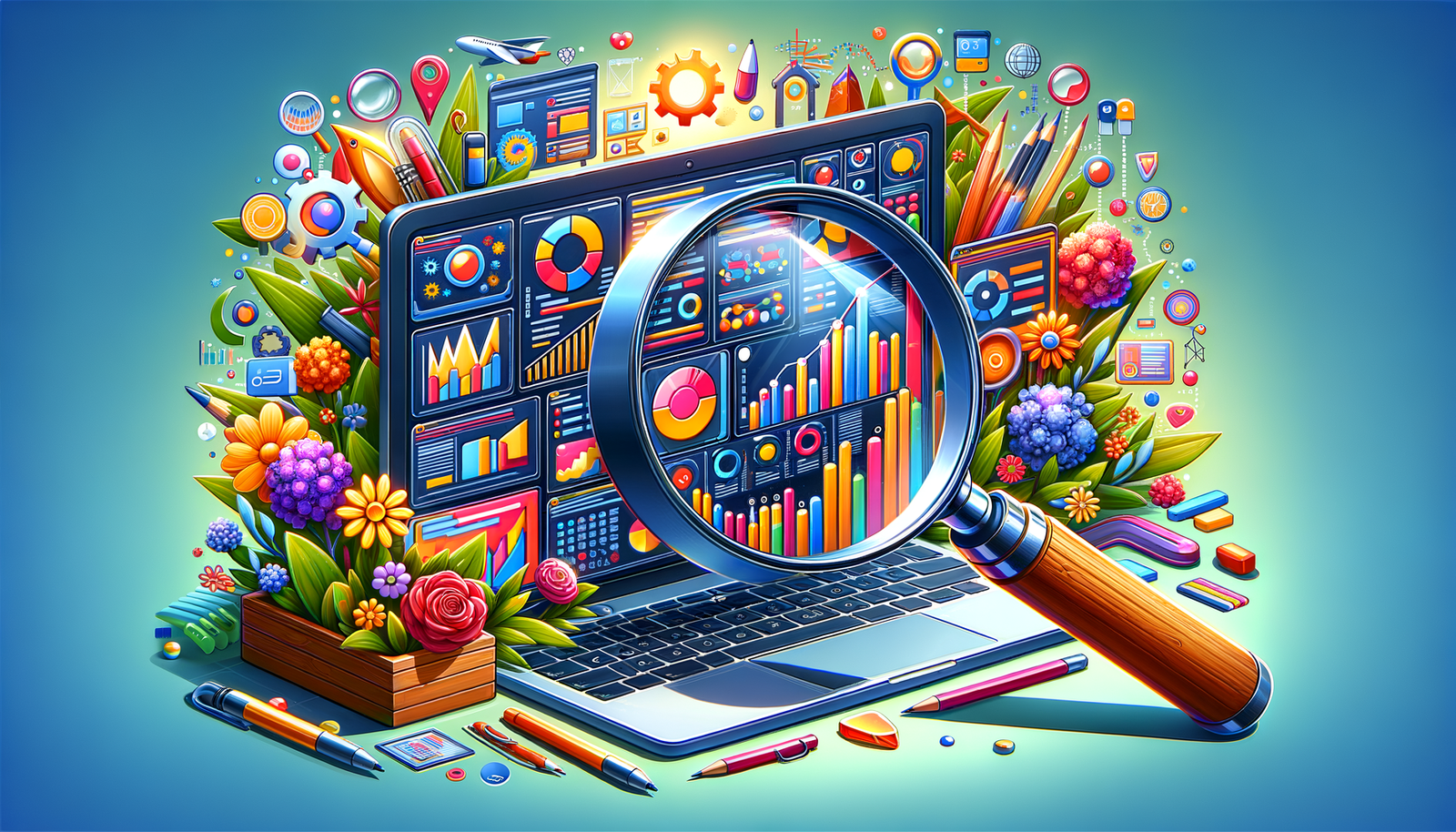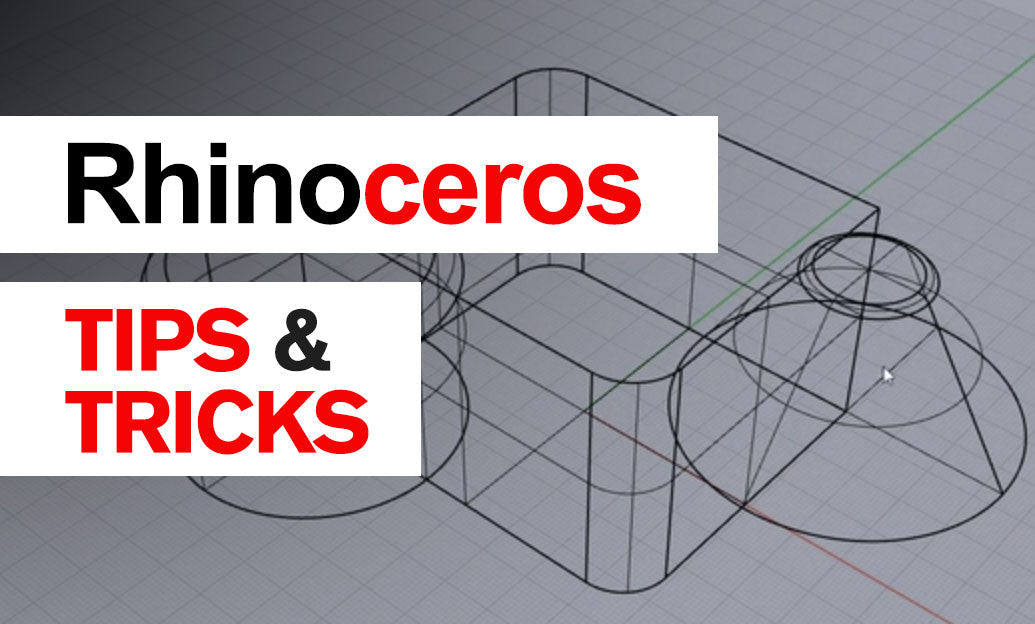Your Cart is Empty
Customer Testimonials
-
"Great customer service. The folks at Novedge were super helpful in navigating a somewhat complicated order including software upgrades and serial numbers in various stages of inactivity. They were friendly and helpful throughout the process.."
Ruben Ruckmark
"Quick & very helpful. We have been using Novedge for years and are very happy with their quick service when we need to make a purchase and excellent support resolving any issues."
Will Woodson
"Scott is the best. He reminds me about subscriptions dates, guides me in the correct direction for updates. He always responds promptly to me. He is literally the reason I continue to work with Novedge and will do so in the future."
Edward Mchugh
"Calvin Lok is “the man”. After my purchase of Sketchup 2021, he called me and provided step-by-step instructions to ease me through difficulties I was having with the setup of my new software."
Mike Borzage
Enhancing UI Design with Effective Data Visualization: Principles, Tools, and Emerging Trends
June 04, 2024 2 min read


In today's digital landscape, the ability to present complex data in an intuitive and engaging manner is paramount. Data visualization plays a crucial role in UI design, enhancing user experience by transforming raw data into easily digestible visual formats. This practice not only aids in decision-making processes but also highlights patterns, trends, and correlations that might go unnoticed in textual data representations.
Understanding the Basics of Data Visualization
Data visualization encompasses the use of graphical elements such as charts, graphs, heat maps, and more, to communicate information clearly and efficiently. These visual tools enable users to comprehend vast amounts of data at a glance, facilitating a deeper understanding of the data's significance in decision-making and strategy formulation.
- Charts and graphs offer a visual summary of data, making it easier to spot trends and outliers.
- Heat maps use colors to represent complex data sets, emphasizing areas of intensity or concentration.
Principles of Effective Data Visualization
To ensure data visualization serves its purpose in UI design, adhering to certain principles is essential.
- Clarity and simplicity: The primary goal is to present data in a manner that is easy to understand, avoiding unnecessary complexity that can lead to confusion or misinterpretation.
- Consistency: Applying consistent design elements across similar types of data ensures a cohesive and intuitive user experience.
- Accessibility: Designing with accessibility in mind allows users with disabilities, including those affected by color blindness, to interpret data visualizations without impediment.
- Storytelling with data: Effective visualizations tell a story, guiding the viewer through the data to reveal insights and draw conclusions.
Tools and Technologies for Creating Data Visualizations in UI Design
Creating impactful data visualizations requires the right set of tools and technologies. Popular options include Tableau for its data analysis capabilities, D3.js for interactive and dynamic visualizations, and Adobe Illustrator for creating custom graphs and charts.
These tools offer extensive functionalities tailored for data visualization tasks, ranging from basic chart creation to complex interactive visualizations. Furthermore, integrating these tools with UI/UX design platforms enhances the design workflow, allowing for seamless collaboration and iteration.
Best Practices and Trends in Data Visualization for UI Design
To remain effective, data visualizations in UI design must evolve, embracing new trends and adhering to best practices.
- Interactive data visualizations have become increasingly popular, offering users the ability to explore data through dynamic elements and custom interaction modes.
- The use of animation in data visualization not only captures the user's attention but also facilitates a better understanding of changes in data over time.
Keeping data visualizations current and relevant requires regular updates and revisions, ensuring that the visuals continue to meet the users' needs and preferences.
Looking to the future, advancements in AI and machine learning are set to revolutionize data visualization techniques in UI design. These technologies promise to automate the creation of complex visualizations, uncover deeper insights, and personalize data presentations for individual users.
In conclusion, effective data visualization is a cornerstone of modern UI design, enabling users to digest large volumes of information quickly and efficiently. By following established principles, leveraging the right tools, and staying abreast of emerging trends, designers can create engaging and informative visualizations that enhance the user experience.
```Also in Design News

Rhino 3D Tip: Rhino to Real‑Time Engines: Clean Models, Optimized Meshes, Reliable Exports
December 07, 2025 2 min read
Read More
Cinema 4D Tip: Constraint-Based Animation with PSR, Parent, and Aim
December 07, 2025 2 min read
Read More
V-Ray Tip: Proximity Dirt and Wear Masks with VRayDistanceTex
December 07, 2025 2 min read
Read MoreSubscribe
Sign up to get the latest on sales, new releases and more …


